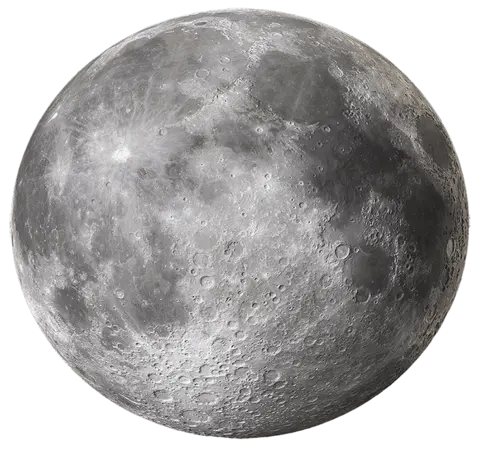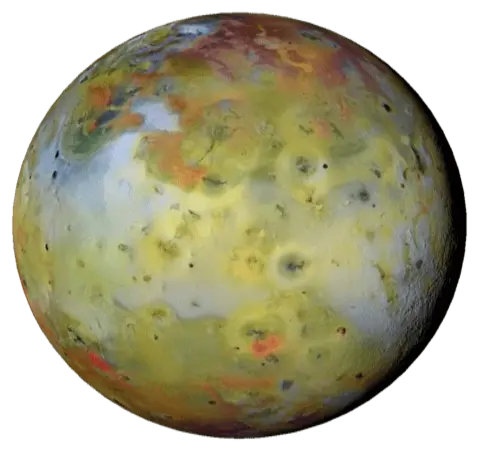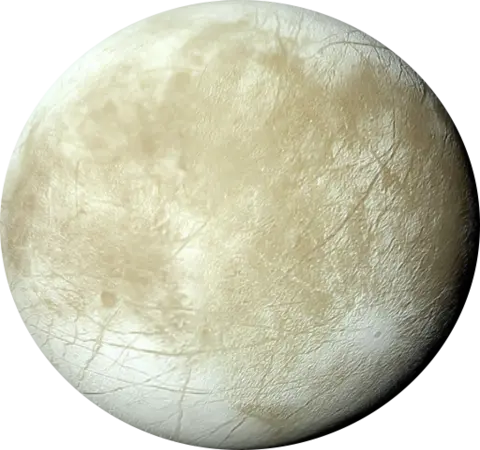Moons
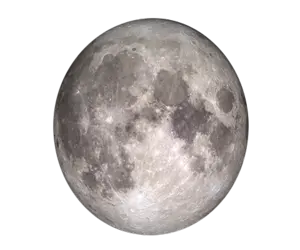
The Moon
The Moon
The brightest, largest object in our night sky
Inspiration to manny myths, stories and romances
Weather: -150 oC
More info
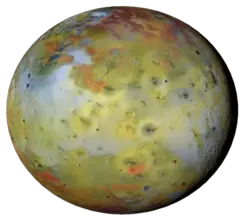
Io
Io
The most volcanically active body in the solar system.
With lakes of molten silicate lava on its surface.
Weather: 150 oC
More info
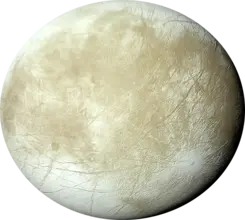
Europa
Europa
One of the most promising to replace Earth
With abundant water the right chemicals lots of energy.
Weather: -80 oC
More info
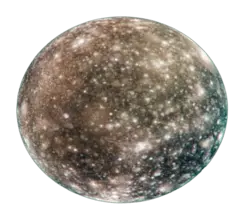
Callisto
Callisto
Most heavily cratered object in our solar system
With an underground ocean, potential habitat for life.
Weather: -178 oC
More info
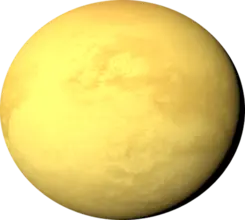
Titan
Titan
Earthlike cycle of liquids flowing across its surface.
The only moon with a thick atmosphere.
Weather: -250 oC
More info
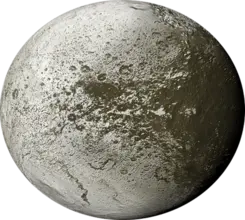
Iapetus
Iapetus
The best for observing the magnificent
iconic, most extensive, giants, icy rings of Saturn.
Weather: -278 oC
More info
